Choosing the right equipment financing options can significantly impact your company’s growth and efficiency. Here are some helpful tips to help you understand the complexities of equipment financing and ensure you make a well-informed and strategic decision.
Table of Contents
Identifying your business needs
When acquiring new equipment, it’s essential to consider its long-term value and your business’s financial health.
First, consider the lifespan and technological relevance of the equipment for your business. Will the equipment remain valuable and efficient over the long term, or quickly become outdated? Ensure your investment is worth it and avoid frequent replacements or upgrades.
Next, examine your business’s financial statements to see how financing options affect your bottom line. Knowing your financial health will help determine if you should invest in an equipment purchase, consider leasing with an RPO, or even refinance and consolidate debt to fund an equipment purchase. This insight is critical to making smart decisions that fit your company’s budget.
Understand your financing options
If you’re considering equipment financing options, it’s helpful to understand the pros and cons of each financing option.
- Traditional loans might be a good fit if your company’s long-term strategy involves owning the equipment outright. This option lets you build equity but requires a significant initial investment.
- Leasing can be more flexible with options like operating and finance leases. Understanding the tax implications and end-of-lease terms for each type is essential.
Using a line of credit for equipment purchases, known as an equipment revolver, offers excellent flexibility, especially for businesses with fluctuating equipment needs. This option allows you to borrow as needed against asset equity, making it a good solution for managing cash flow.
Analyze your business finances to make informed decisions
Evaluate the financial health of your business to make an informed decision about which equipment financing option is best.
First, conduct a cost-benefit analysis to understand the total cost of ownership. The cost includes interest, maintenance, insurance, operating costs, and depreciation. By comparing these costs across different financing options, you can determine the most cost-effective choice for your business.
Next, be sure to understand the contractual obligations associated with each option. Read the fine print in lease agreements, loan covenants, and line of credit terms to be aware of any restrictions or requirements. Make sure the terms are clear and you ask any questions – and get straightforward answers – before you commit.
Tax implications are another critical consideration. Evaluate how each financing option will affect your tax situation, and look into potential deductions and capital allowances that could reduce your tax burden. Consulting with financial advisors can provide valuable insights into how each option impacts your business’s financial health.
Custom equipment financing options
To address all these steps with a trusted partner, have a talk with your local Equify Financial representative. We’re your industry experts who understand sector-specific nuances in equipment financing. We examine all the fine details to understand your business, create custom financing options, and answer all your questions along the way. We’re in this business to help our customers succeed and grow.

